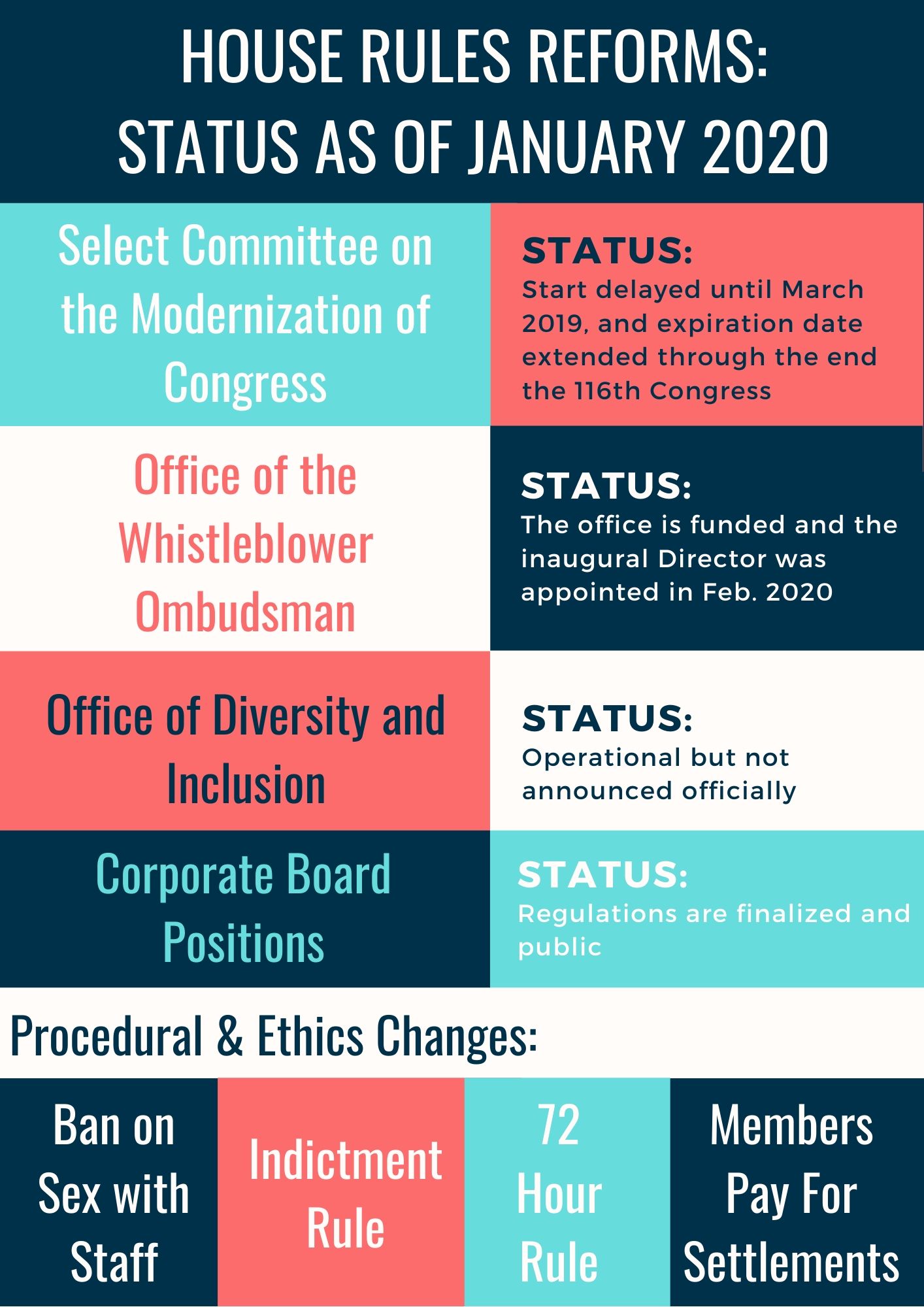(A version of this article updated for the 116th Congress is available here).
Committee funding in the House of Representatives is accomplished through a somewhat quirky process. Appropriators in the House Legislative Branch Appropriations Committee set a top dollar amount for the committees — they appropriate the funds — but it is the Committee on House Administration that provides (i.e. allots) the funds to each committee on a biennial basis.
At the beginning of each new Congress, each committee chair and ranking member jointly testifies before the House Administration Committee and requests funds for their committee. For the 115th Congress, the hearings took place on February 15th and 16th, 2017. Here is the committee notice; the written statements requesting funds; and video from Feb. 15 and Feb. 16.
On March 7th, the House Administration Committee introduced a funding resolution in the House, and on March 8, the committee held a markup on House Resolution 173 that allotted funds to the committees. You can watch the very brief proceedings here. House Administration reported out the committee report a week later on March 15th, and the House passed the resolution on March 17.
HOW FUNDING FOR COMMITTEES HAS CHANGED OVER THE LAST 25 YEARS
What does this look like in practice? Drawing upon the excellent data in this CRS report, plus a little additional research on spending on the appropriations committee, we looked at:
- Total committee spending from 1995 to present
- The change in spending per committee from 1997 to present
- Spending per committee in the last Congress
What did we find? Overall, committees have significantly fewer funds available than their recent historical counterparts, which undermines their ability to do their jobs. Continue reading “How House Committees Get Their Money” →

